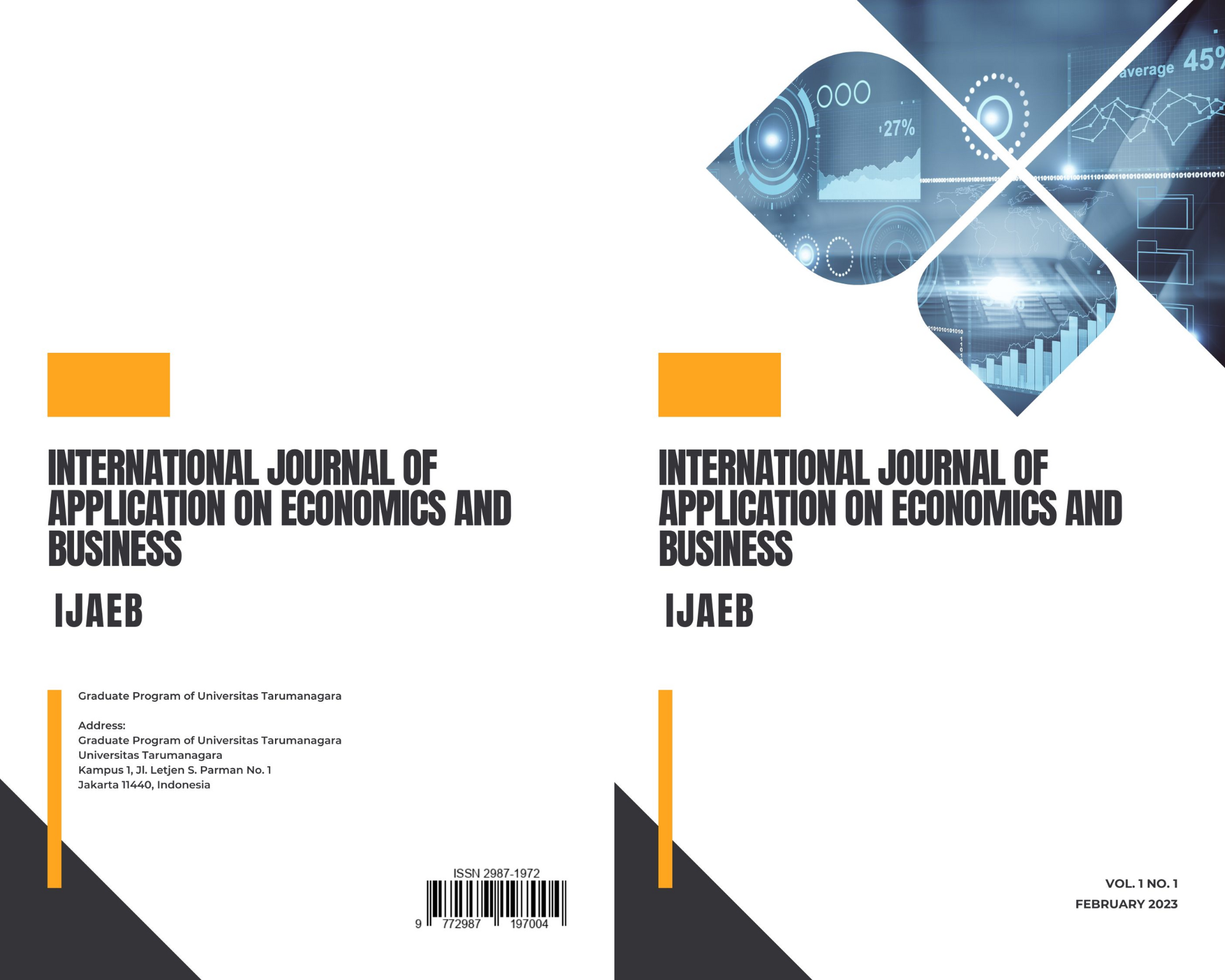The Effect of Employee Empowerment and Work Environment on Organizational Commitment and Their Impact on Employee Performance
Main Article Content
Abstract
This research was triggered by educational institutions in Indonesia that are not widely known by people out there. Education is a very common need and demand in children's lives. The purpose of education is to guide all the natural forces that exist in these children, so that they as humans and as members of society can achieve the highest safety and happiness. Education is also a conscious effort to prepare for the role of students in the future through guidance activities, such as counseling, education, and/or training. This study uses Structural Equation Modeling (SEM) to perform data analysis. The research sample consisted of 100 employees in private schools in North Jakarta. The results show that we must pay attention to the empowerment, environment, commitment and performance of employees who work in the field of education so that the future of the nation's children can be better than now.
Article Details

This work is licensed under a Creative Commons Attribution-NonCommercial-ShareAlike 4.0 International License.
This journal provides immediate open access to its content on the principle that making research freely available to the public supports a greater global exchange of knowledge.
IJAEB by Graduate Program of Universitas Tarumanagara is licensed under a Creative Commons Attribution-NonCommercial-ShareAlike 4.0 International License.. Permissions beyond the scope of this license may be available at https://journal.untar.ac.id/index.php/ijaeb
References
Mulyadi, “Sistem Perencanaan Dan Pengendalian Manajemen,” Jakarta: Salemba Empat, 2012.
E. Sutrisno, “Manajemen Sumber Daya Manusia,” Jakarta: Prenadamedia Group, 2016.
Wirawan, “Kepemimpinan: Teori, Psikologi, Perilaku Organisasi, Aplikasi dan Penelitian Edisi 1,” Jakarta: Rajawali Pers, 2013.
G. Meyerson and B. Dewettinck, “In a study entitled Effect of Empowerment on Employees Performance,” Advanced Research in Economic and Management Sciences, vol. 2, pp. 40-46, 2012.
N. P. A. Suandayani, “Pengaruh Pemberdayaan terhadap Produktivitas Kerja pada Karyawan UD. Budi Mega di Desa Ambengan, Kecamtan Sukasada, Buleleng,” Skripsi tidak diterbitkan. Fakultas Ilmu Sosial, Universitas Pendidikan Ganesha Singaraja, 2012.
V. Sujarweni dan Wiratna, “Akuntansi Biaya,” Yogyakarta: Pustaka Baru Press. 2015.
U. Sekaran and R. Bougie, “Research methods for business: a skill building approach seventh edition,” United Kingdom: Wiley, 2016.
I. Ghozali, “Aplikasi analisis multivariete dengan program IBM SPSS 23,” Semarang: Badan Penerbit Universitas Diponegoro, 2016.
J. Supranto dan N. Limakrisna, “Petunjuk praktis penelitian ilmiah untuk menyusun skripsi, tesis, dan disertasi,” Bogor: Mitra Wacana Media, 2019.
M. K. Khan, A. Tariq, A. A. Hamayoun, and M. H. Bhutta, “Enhancing Organizational Commitment Through Employee Empowerment – Empirical Evidence from Telecom Sector Employees,” Middle-East Journal of Scientific Research, vol. 21, no. 1, pp. 148-157, 2014.
Sedarmayanti, “Manajemen Sumber Daya Manusia. Reformasi Birokrasi dan Manajemen Pegawai Negeri Sipil,” Bandung: PT Refika Aditama, 2011.
S. P. Robbins and T. A. Judge, “Organizational Behaviour 15th Edition,” New Jersey: Pearson Prentince Hall, 2013.
D. J. Priansa, “Perencanaan dan Pengembangan Sumber Daya Manusia,” Bandung: Alfabeta, 2014.
I. Ghozali dan H. Latan, “Partial Least Squares: Konsep, Teknik dan Aplikasi menggunakan Program SmartPLS 3.0 untuk penelitian empiris,” Semarang: Badan Penerbit Universitas Diponegoro, 2015.



